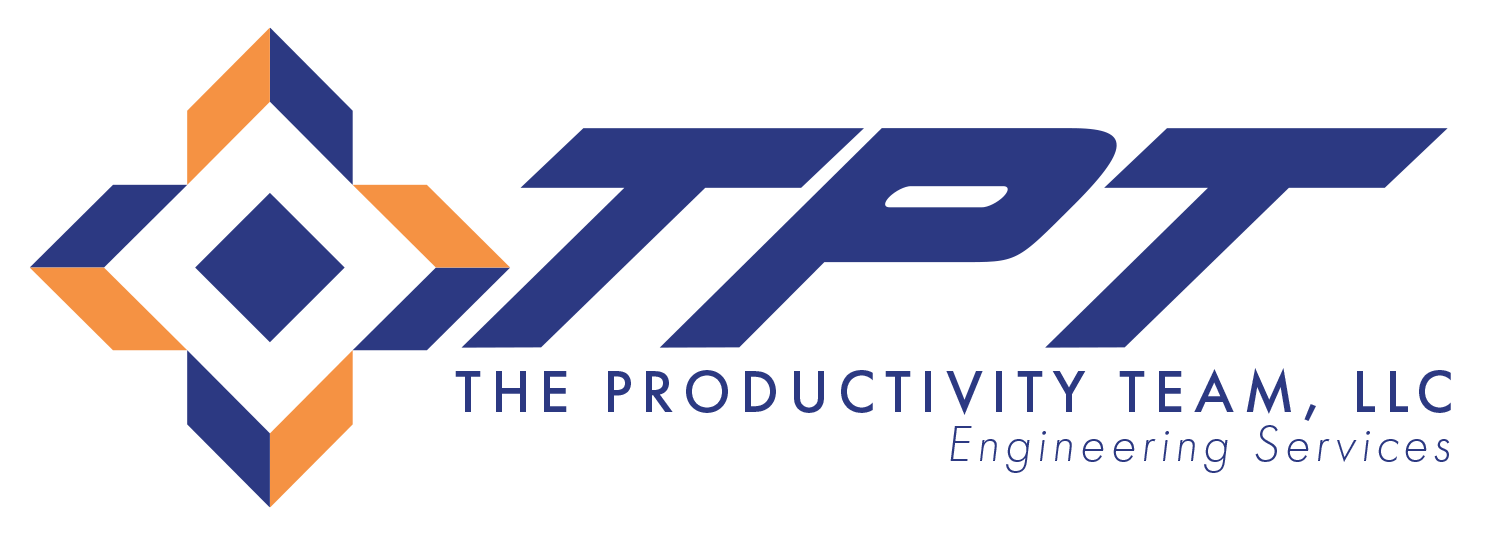Overall Equipment Effectiveness, commonly abbreviated as OEE, is more than just another metric in the manufacturing sector. It’s a mirror reflecting the productivity levels of equipment. In simpler terms, it measures productivity losses, including stop times, lost speed, and scrap production, offering a golden chance to pinpoint improvement areas.
Calculating OEE: The Magic Formula
To truly understand and capitalize on Overall Equipment Effectiveness, you need to know how to calculate it:
OEE = Availability × Performance × Quality
- Availability: Reflects the actual machine uptime. It is calculated as:
- Availability = Total Actual Run Time / Total Scheduled Operating Time
- Performance: Measures the efficiency of your production speed compared to the design speed. It’s expressed as:
- Performance = Actual Speed / Designed Speed
- Quality: This metric captures the efficiency in producing quality goods, represented as:
- Quality = Total “Good” Parts Produced / Total Parts Produced
A best-in-class OEE number typically hovers around 85%, derived from an Availability of 90%, Performance of 95%, and Quality of 99%.
Why is OEE Our Beacon in Manufacturing?
Overall Equipment Effectiveness offers an eagle-eye view of a production line’s performance, enabling teams to:
- Categorize primary losses and pinpoint reasons for underperformance.
- Highlight avenues for enhancing asset performance and reliability.
- Foster teamwork between different departments to collaboratively address performance bottlenecks.
- Kickstart Root Cause Failure Analysis (RCFA).
- Identify hidden production capacity.
- Monitor performance trends over time.
By addressing the insights gained from OEE, manufacturing units commonly experience increased profits, throughput, changeover efficiency, and more, alongside reductions in quality losses and downtime.
The Spectrum of OEE Users
From Corporate VPs to Plant Managers, a myriad of professionals utilize OEE as their compass in steering operational improvements. This metric assists in unveiling minor stops, which often fly under the radar.
It’s paramount to grasp that Overall Equipment Effectiveness is not solely a measure of “good” parts produced versus total operating time. Over-generalizing OEE diminishes its power. Without diving deep into failure modes, the golden opportunities for improvement stay veiled. Yet, many manufacturers make the mistake of simplifying this crucial metric.
In Conclusion
OEE, representing Overall Equipment Effectiveness, drives organizations towards enhanced efficiency in manufacturing. By embracing OEE, businesses position themselves at the forefront of operational excellence. As you delve into the world of Overall equipment effectiveness, let us, at The Productivity Team, be your trusted guide, ensuring you achieve optimal manufacturing outcomes.
Contact Us to Learn More About TPT
TPT is the leading provider of facility planning and engineering services. Contact us today to speak with one of our planning and engineering specialists.
